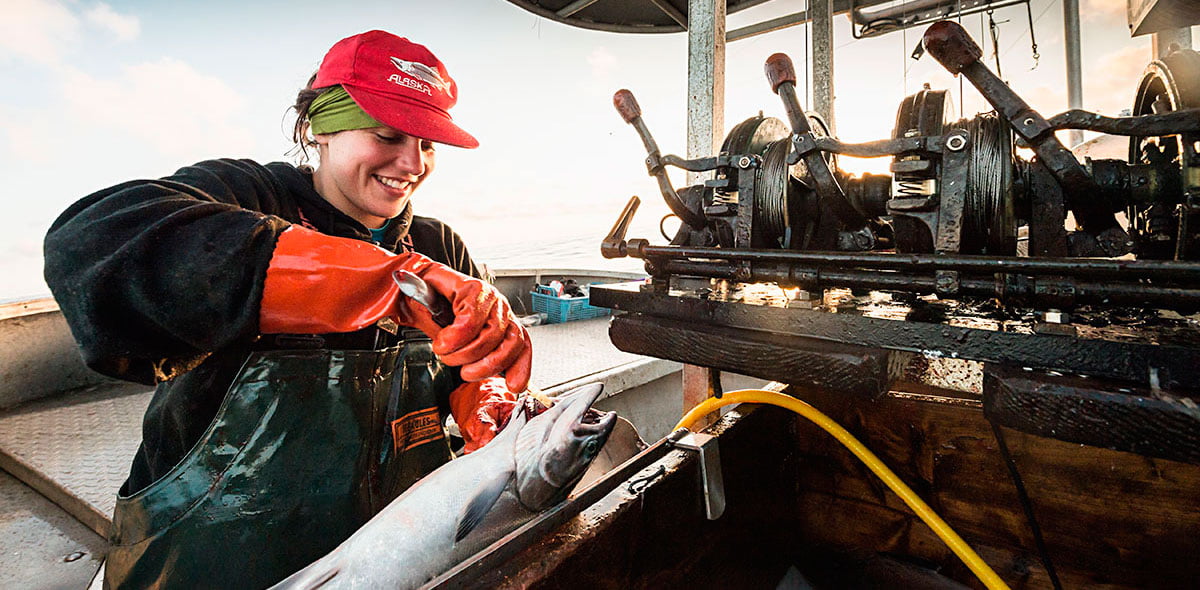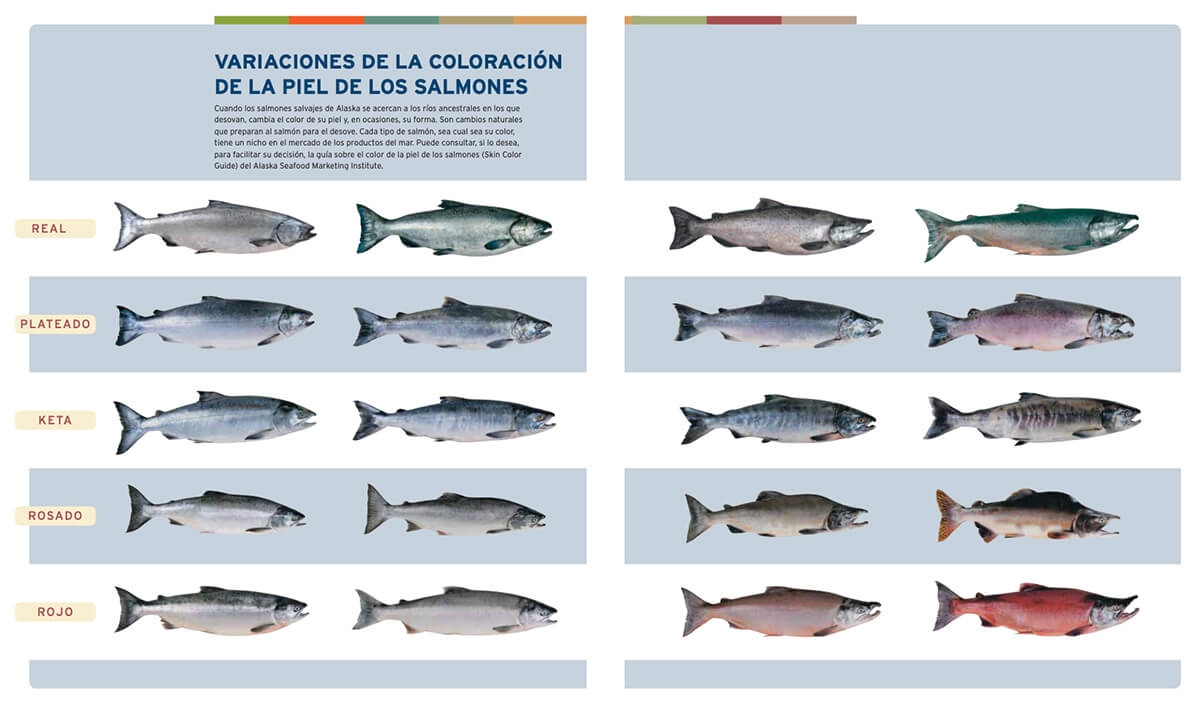For more information on ASMI’s campaigns to promote Alaskan seafood, please contact the Southern Europe office, located in Barcelona, Spain, to request media information or artwork.
David McClellan
Alaska Seafood Marketing Institute Regional Representative
C/ Borrell 7 – Local 19 08190 St. Cugat del Vallès (Barcelona) Spain
Tel:+34 93 589 8547<br /> Fax:+34 93 589 7051
E-mail: [email protected]<br /> Web: www.alaskaseafood.org






